The Russian space agency has previously announced plans to turn a three-metre optical telescope into a debris destroyer
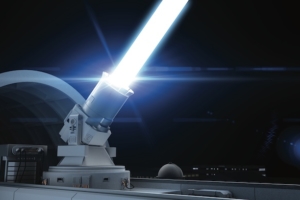 FutureTech
FutureTech

 FutureTech
FutureTech
The Russian space agency has previously announced plans to turn a three-metre optical telescope into a debris destroyer
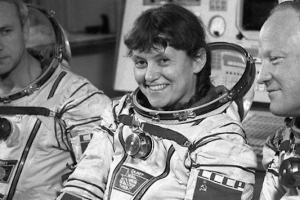 Space Exploration
Space Exploration
Savitskaya paved the way for female cosmonauts
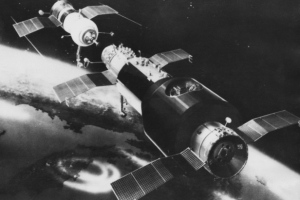 Space Exploration
Space Exploration
They might have lost the race to the Moon, but the Soviets beat NASA to the punch when it came to space stations…
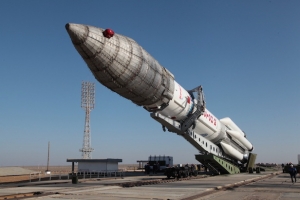 News
News
The Russian rocket prepares for blast off on Monday, carrying ExoMars 2016
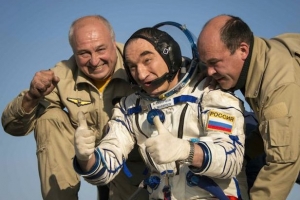 Space Exploration
Space Exploration
Do space agencies collaborate or go it alone?
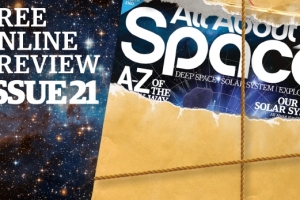 News
News
Here are some of the highlights from the latest issue of All About Space magazine, on sale now.
[fototag id=”ganymedeland”]
Scroll over the icons for more information. Illustration by Adrian Mann.
Around Jupiter lurks Ganymede, one of the four Galilean moons and the largest natural satellite in the Solar System. In fact, with a diameter of about 5,270 kilometres (3,275 miles), it is larger even than the planet Mercury and has almost twice the mass of Earth’s Moon.
However, it is not the size of Ganymede that is of most interest. This giant moon, 640 million kilometres (400 million miles) from Earth, has an icy surface and might be hiding a saltwater ocean underground, while its atmosphere bears tantalising hints of oxygen and may even possess a thin ozone layer. For these reasons it has garnered a lot of interest for future exploration missions and one of those, Russia’s Ganymede Lander, could touch down on the surface in the next 20 years.
The Ganymede Lander would launch along with the European Space Agency’s Juipter Icy Moon Explorer (JUICE) spacecraft in 2022, arriving at Jupiter around 2030 after using gravitational assists to reach the giant planet. The collaboration would allow JUICE to scour Ganymede for a suitable landing site for the lander, although a separate Russian orbiter might also join the launch to provide a back-up option to find a landing site.
The lander itself would be a stationary vehicle, touching down on a region of interest on Ganymede to perform scientific analysis. A large antenna on the top would communicate with Earth, while numerous instruments including cameras and spectrometers would analyse the surrounding area. The main focus of the mission would be astrobiology.
This would be the first such mission ever attempted in the Jovian system. So far spacecraft have landed on Venus, the Moon, Mars and Saturn’s moon Titan; landing on Ganymede would mark the sixth body in the Solar System (including Earth) that humanity has left its mark upon.
The Ganymede Lander is still in a concept stage at the moment. Russia will spend up to $1 million (£650,000) on research and development for the spacecraft in 2014 to determine the feasibility of such a mission, with construction on the first prototypes to begin in 2017 if all goes to plan.
You can follow Jonathan on Twitter @Astro_Jonny
Take a look at Russia’s plan to land a spacecraft on the largest moon in the Solar System.
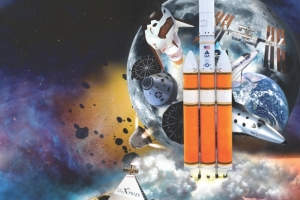 Space Exploration
Space Exploration
This timeline shows you the most exciting missions that will be taking place by 2023.
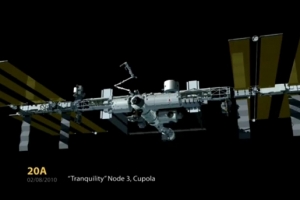 Space Exploration
Space Exploration
It’s almost 15 years since construction on the International Space Station began. Find out how the ‘Eighth Wonder of the World’ was put together in this video.
 Space Exploration
Space Exploration
Turns out the Soviets had a few more tricks up their sleeves than you might have thought…